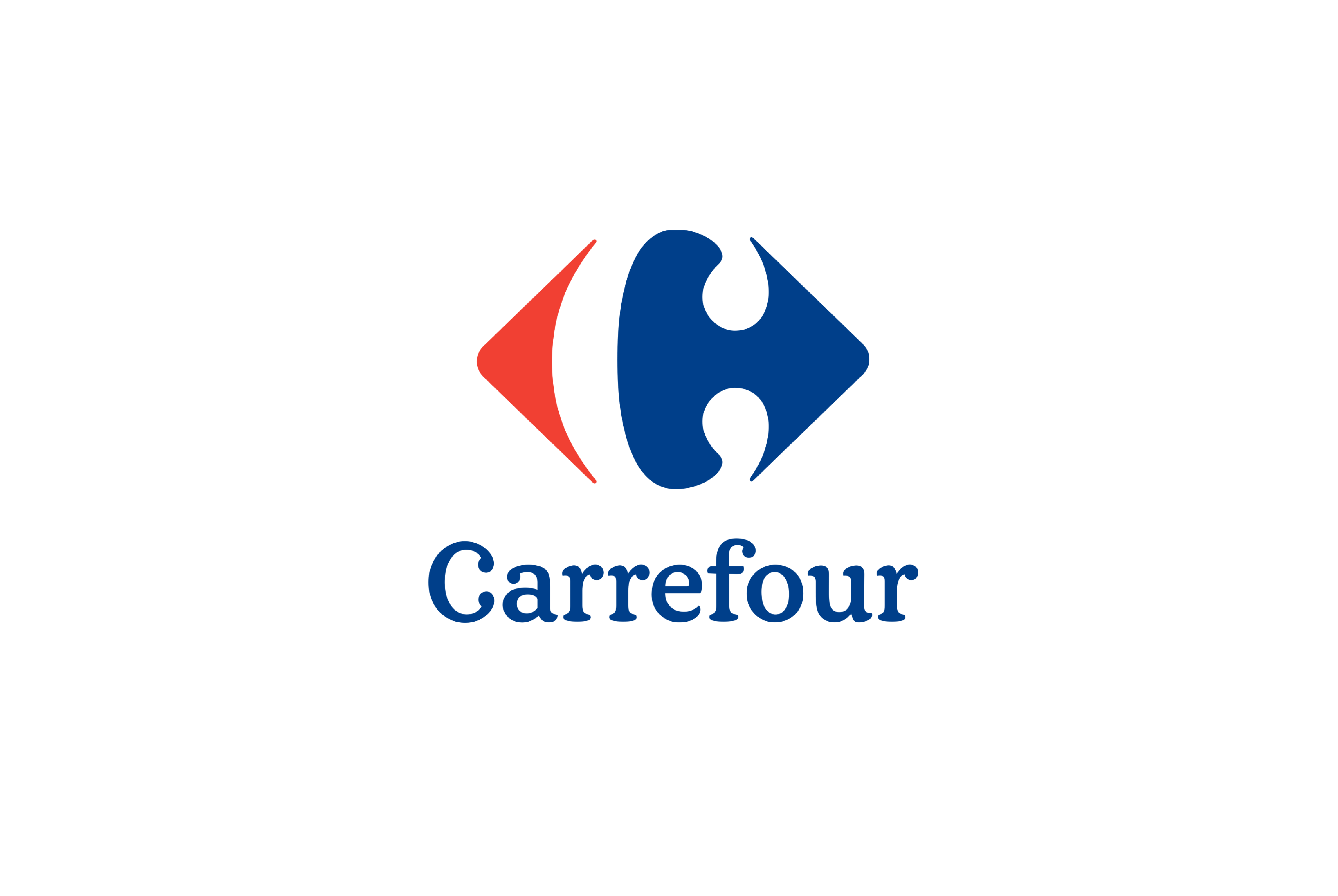
Solutions
Solve your most critical customer experience challenges

Marketing Manager - France
Customer feedback is a key reference point for consumers and has a proven influence on purchasing decisions. Businesses are universally aware that collecting and publishing customer feedback strengthens their reputation, visibility, and attractiveness. But if customer feedback becomes trivialised or generalised, is there a risk that this impact will weaken? Will consumers become tired of responding to seemingly endless surveys? We believe the answer is no, provided that you understand what a customer listening policy entails and how to implement the processes that will make it a sustainable driver of progress and differentiation for your business.
Generate conversations instead of ratingsPublishing a positive customer satisfaction rating is always a source of gratification for a brand or business. However, we’ve noticed a few things about feedback platforms that revolve around rating systems: average scores are increasing while the difference between the highest and lowest ratings are becoming less significant. For example, the average TripAdvisor rating is now 4 out of 5. This situation is due to a number of psychological factors, explained concisely by sociologist Jean-Samuel Beuscart:
▪ On one hand, “Individuals who seldom leave feedback are more likely to go to extremes, overpraising favourites or venting about disappointments. Individuals who leave feedback more frequently are more moderate, aware of their power”.
▪ On the other hand, “Internet users feel more responsibility when it comes to rating people instead of products or businesses. We don’t like to leave bad feedback for an Uber driver or a Blablacar carpooler—there is a moral aspect when we evaluate a human being”.
Implementing a customer listening policy shouldn’t be used to obtain a numeric rating that is becoming less and less relevant. It should be a way to access what is behind those ratings and what they reveal: the thoughts, drives, likes, dislikes and preferences of your customers. If they respond to your surveys and take the time to write comments, it’s because they want to tell you these things. Positive or negative, the personal testimony of your customers is infinitely more valuable than ratings. They give you the means to engage in conversation, to respond to customers individually to (re)create proximity and to embody the personal relationship that forms the basis of customer attachment and loyalty.
Inviting your customers to express themselves is good while providing them with a way of doing so easily is even better. But if you truly want to motivate them to continue responding to surveys and sharing their opinions and feedback, you must show them that you are taking what they tell you into account. Responding to dissatisfied customers is the least you can do. If you only respond to placate problems without seriously working on individualised solutions or analysing the root causes of recurring issues, you will break the virtuous cycle of customer listening. If a customer who provides feedback voluntarily doesn’t see any changes or improvements, they will become disengaged and stop voicing their opinions. This is a risk that companies take when they solicit customer feedback too frequently without providing a means to respond or fail to take advantage of abundant testimony to build action plans that create noticeable results for customers.
Businesses that have attained this level of maturity in terms of customer listening are few and far between. For a company like Décathalon, that is committed to removing their least satisfactory products from store shelves, and only replacing them after making significant improvements, how many steps must be taken before consumers see the fruits of these efforts? Yes, it is a big chore to follow through with the customer listening process. Yes, it has the potential to challenge entrenched attitudes and processes. At the end of the day, it’s worth this effort to earn the respect of your customers by proving that you aren’t content to simply state that you’re listening—your actions show them that you truly hear them.
A customer listening and feedback management strategy should be carried out at the highest level of an organisation. However, if your business belongs to the mass retail, hotel and restaurant, retail banking or service sectors, your strategy should also be adapted at a local level for each of your physical points of sale to maximise positive results.Faced with the rapid expansion of e-commerce, we have a tendency to forget that it only represents 8.5% of total retail business. With the knowledge that 80% of customers carry out local research before visiting a point of sale, we can understand how important it is for businesses to value their local operations and the feedback customers give to these locations. Thomas Cook exemplifies this approach by highlighting the specialities of each agency and publishing location-linked customer feedback.
Beyond simply strengthening visibility, each physical point of sale must be fully implicated in the process of listening and enhancing customer experience. Managers must be at the forefront of the relationship with customers who provide feedback, whether it is positive or negative. This method of communication is an underused tool to enhance customer impressions, making them more likely to recommend a business that provides this level of attention to their family and friends. Studies on the evolution of the retail and travel industries demonstrate that the personal and emotional dimensions of feeling welcomed, accompanied, listened to and considered will have the greatest impact on customers going forward. Think about it!
Today, customers are almost always asked to provide feedback and discuss their level of satisfaction at the end of a purchase interaction—after buying products online or in-store, after delivery, after click and collect, etc. In industries that centre around the emotional aspects of customer experience, such as tourism, leisure, food services and transportation, the key issue has become how to increase customer expression during the experience in order to address concerns that reduce levels of satisfaction in real time. This doesn’t mean bombarding customers with constant emails and text messages to see if things are going well every step of the way, but instead taking advantage of key moments to remind them that you are paying attention in an unobtrusive manner. For example, a customer may be prompted to respond to a short experience survey when connecting to a restaurant’s WiFi network. This practice is no longer exclusive to high-end establishments!
Customer feedback is increasingly perceived and used by businesses as an advertising technique. If you want your customer listening policy to be a sustained driving force that enhances customer experience and satisfaction in the long term, it is crucial to involve employees that interact directly with customers at points of sale and customer services.They are the architects of customer relationships; the quality of experience delivered to customers depends heavily on their satisfaction with the conditions of their working environment. It makes sense to give equal attention to everyone, so don’t limit the listening process to your customers—use your feedback management platform to collect the opinions of your employees as well.
By implementing these different mechanisms and adapting these recommendations to the specific needs of your field and your organisation, you can avoid the trap of simply “grabbing stars”and move beyond the world of superficial ratings. Most importantly, you safeguard the most precious source of information your business can acquire:customer feedback. Whether this feedback is positive or negative, spontaneous or solicited, it should be viewed first and foremost as an opportunity to create dialogue and build trust with your customers. If you demonstrate through your actions that you truly care about what they have to say, they won’t hesitate to reinforce that trust.
Hear about our upcoming events and read the latest success stories from our clients.
